Farmland Biodiversity
The Iveragh Peninsula’s wet, rocky and mountainous terrain is not well-suited to the kinds of intensive crop and dairy farming that characterises so much of Ireland’s landscape. This has led livestock grazing, usually with sheep and cattle, to become the dominant form of agriculture on Iveragh.
Importantly, much of Iveragh is farmed ‘extensively’ rather than ‘intensively’. This means that large areas of the peninsula’s farmland receive little to no fertilisers or pesticides and are rarely disturbed with heavy machinery. This type of low-intensity farming can be very beneficial for a range of species, particularly when livestock grazing is well-balanced. Well-balanced livestock grazing helps to maintain a mosaic of vegetation types and a varied structure which is particularly important for nesting and overwintering insects, ground-nesting birds and birds of prey.
The tradition of farming on Iveragh is a great source of pride for farmers and farm families and continues to play an important role in shaping this landscape which we all adore. Fortunately, much of Iveragh’s farmland still supports a diverse set of habitats and a wide variety of wildlife, including many species which are rare, or otherwise threatened.
Iveragh’s Farmland Habitats
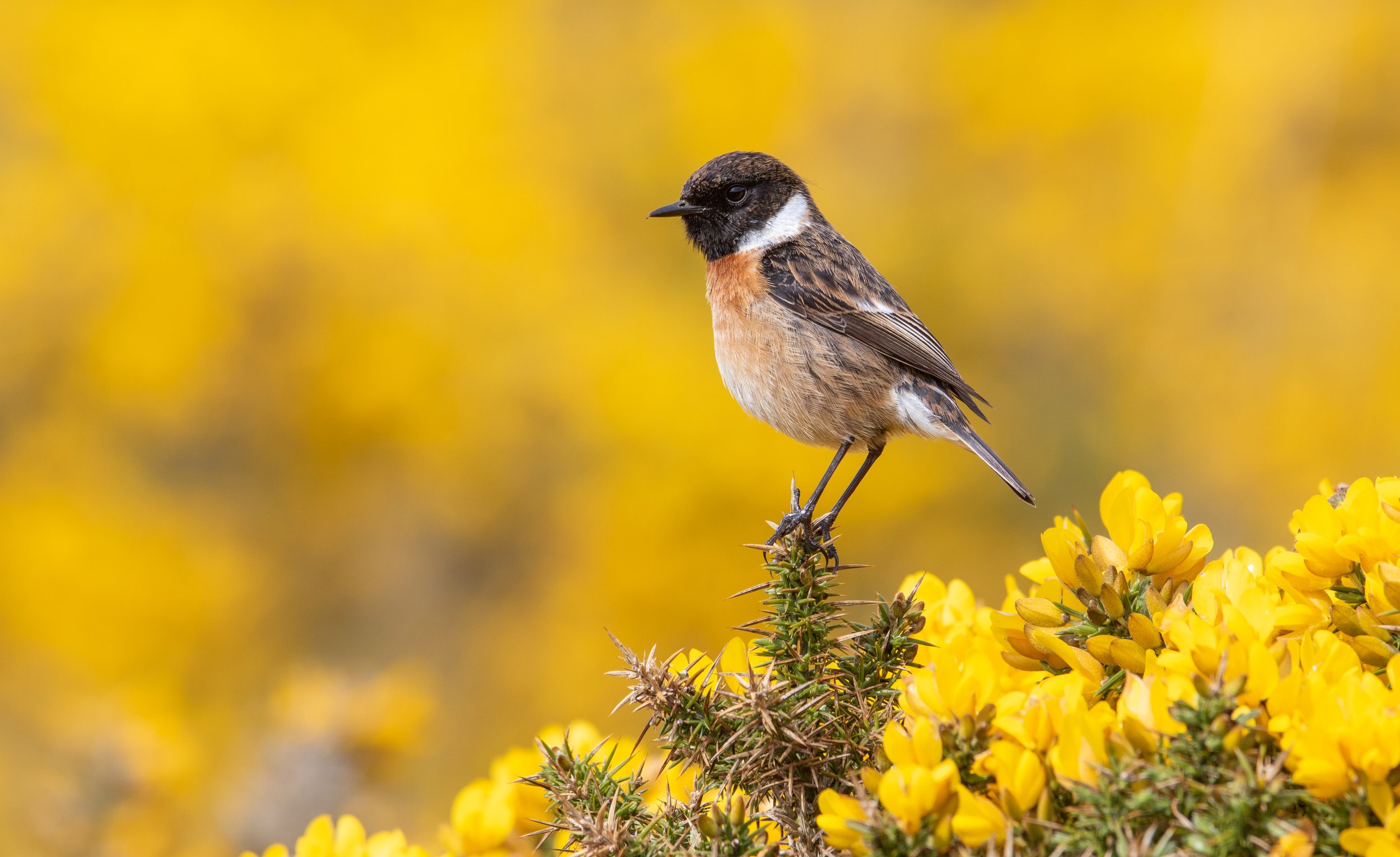
Stonechat / Caislín dearg

Skylark / Fuiseóg
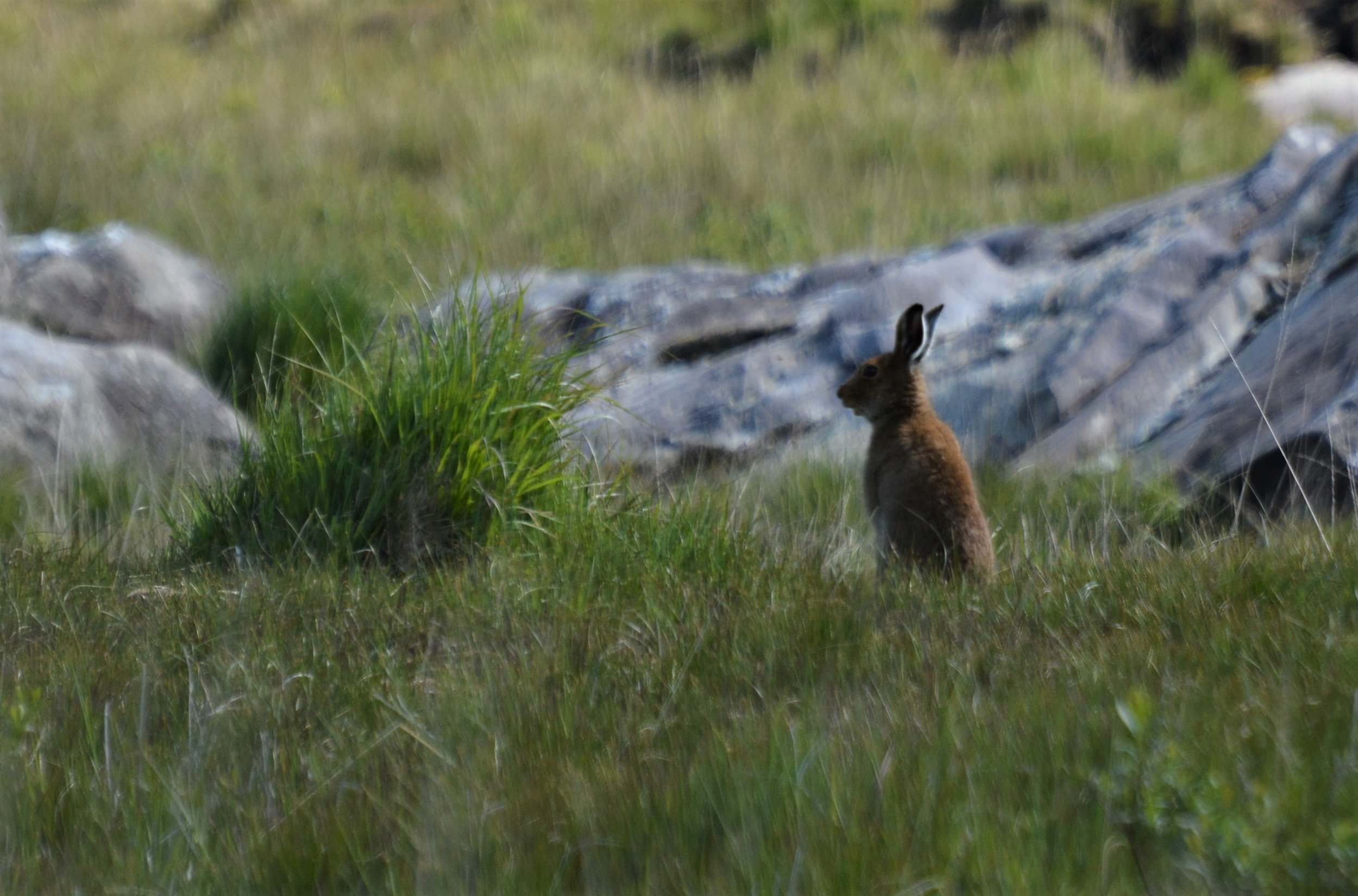
Irish Hare / Giorria

Chough on earth bank

Swallows - Fáinleog

Common Carder Bee

Green Tiger Beetle

Green veined white butterfly on scabious flower

Heath Bumblebee

Large Carder Bee on Heather
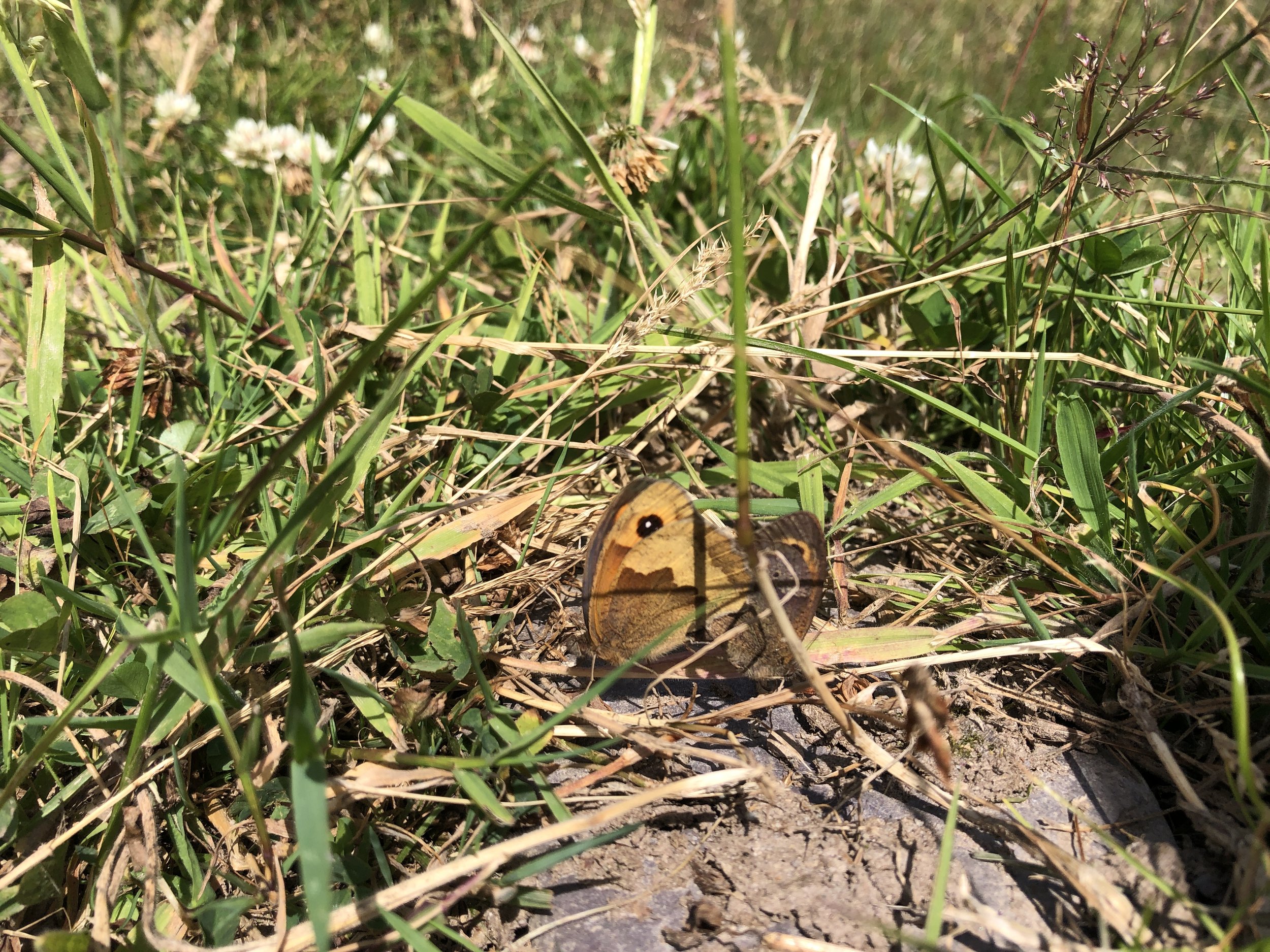
Meadow Brown Butterflies

Meadow Pipit - Riabhóg mhóna

A juvenile kestrel hunting a goldfinch with Illaunloughan in background

Small Heath Butterfly

Speckled Wood Butterfly

Wall Brown Butterfly

Wheatear - Clochrán
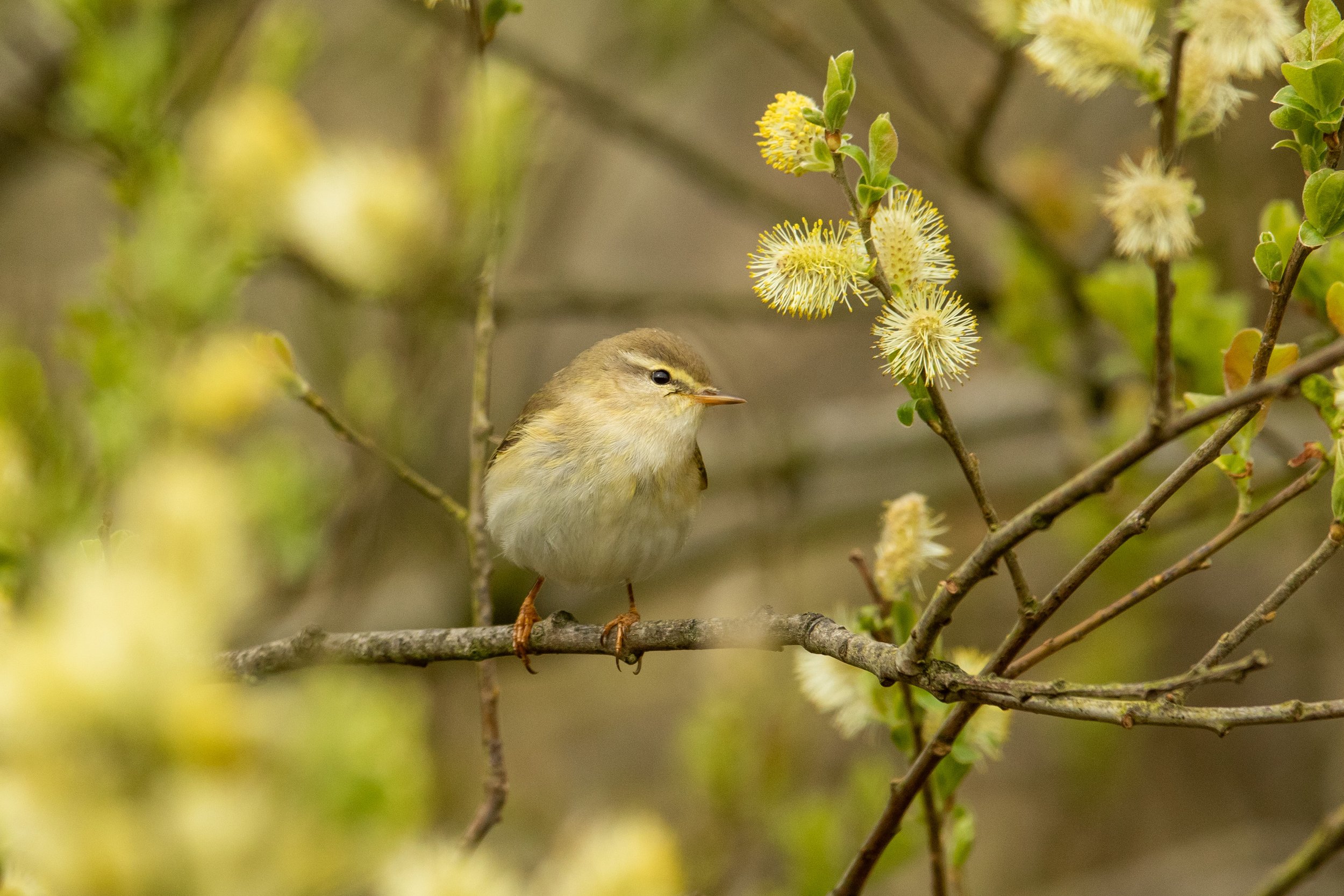
Willow Warbler - Ceolaire sailí

Hare's tail cotton grass

Lousewort (pink) and milkwort (blue)

Gorse and heather

Common Dog Violet
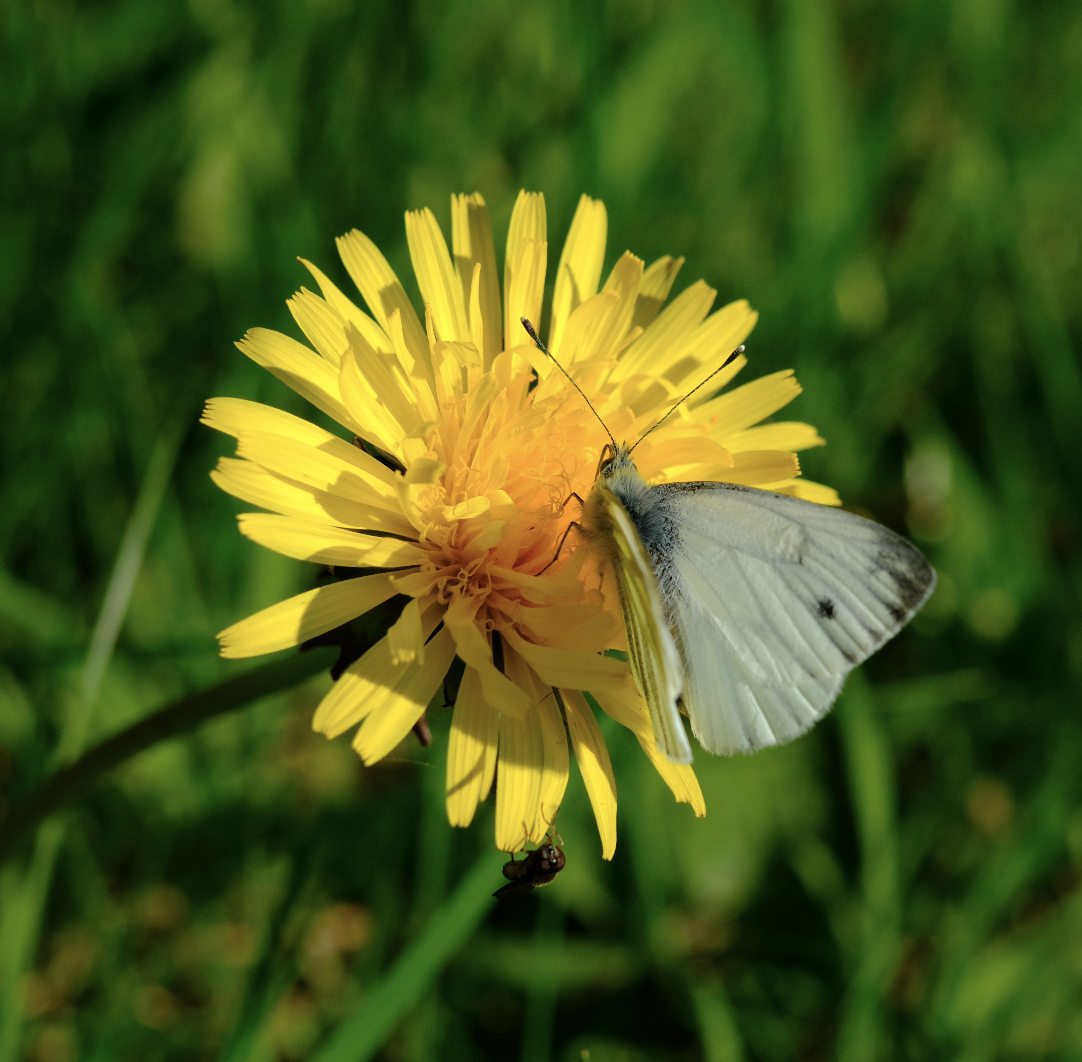
Dandelions provide food for pollinators

Purple Loosestrife

Eyebright

Heath bumblebee on clover
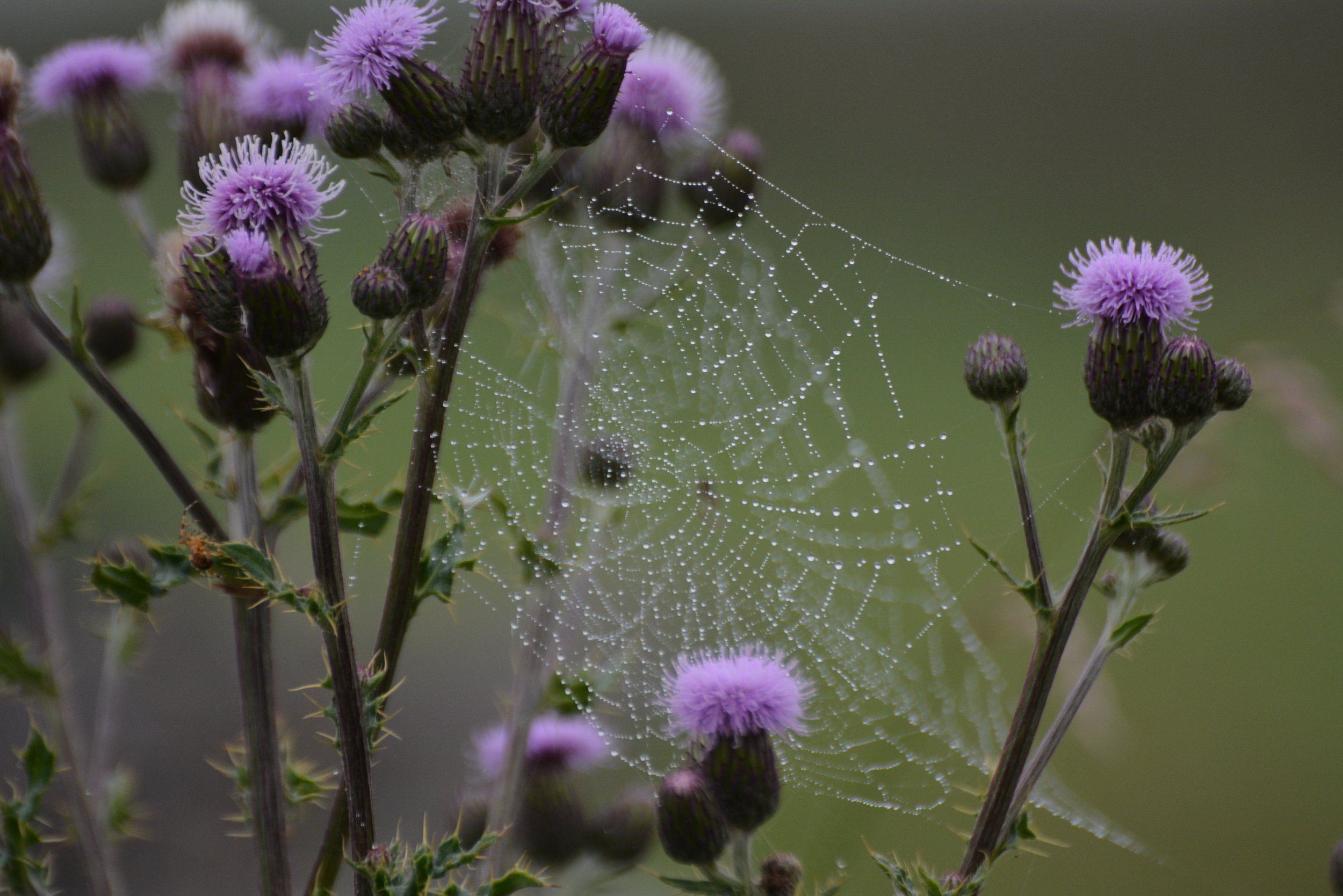
Spider's web on Knapweed

Hoverfly on blackthorn
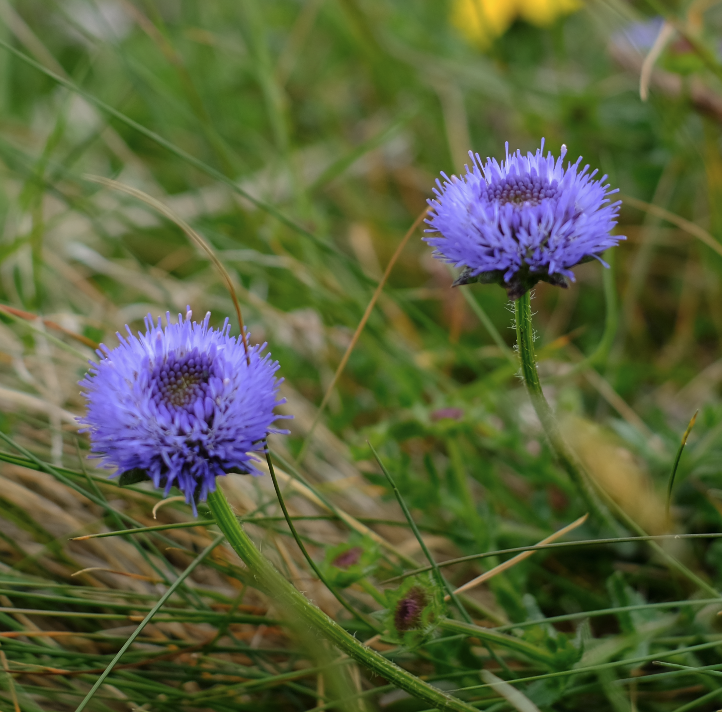
Scabious



